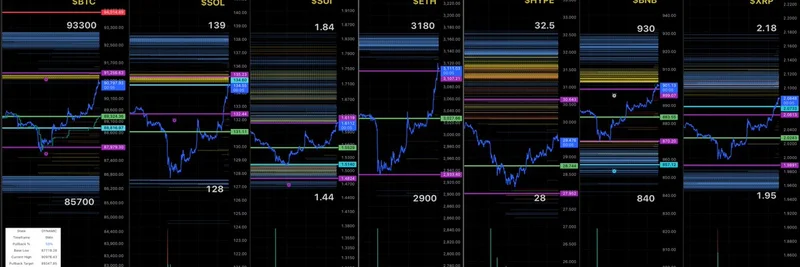If you've been scrolling through X lately, you might have stumbled upon a fiery debate sparked by Condz @condzxyz. The tweet that’s got everyone talking compares people "farming yaps" (a term tied to the 'Yap-to-Earn' trend in crypto) to football players switching teams for better pay. Condz puts it bluntly: "That’s the business, deal with it." Let’s dive into what this means, why it’s sparking conversation, and how it fits into the wild world of meme tokens and decentralized finance (DeFi).
What’s Yap-to-Earn All About?
For those new to the crypto scene, 'Yap-to-Earn' is a quirky strategy where users earn rewards—usually tokens—by being active on social media platforms like X. It’s like getting paid to chat or post about a project, often tied to airdrops (free token distributions to boost a project’s visibility). This trend, pioneered by projects like Sanctum on the Solana blockchain, doesn’t require much upfront cash, making it a hot topic among airdrop farmers—people who hunt these freebies to turn a profit.
Condz’s analogy to football players is spot-on. Just as athletes move to teams offering bigger contracts, crypto enthusiasts are jumping to platforms or projects that pay more for their online activity. It’s all about maximizing rewards, and who can blame them?
The Debate: Fair Play or Foul?
The tweet has ignited a mix of agreement and pushback. Some, like sahar ✨ @Hongcrypto50, nod along, suggesting it’s just smart business—why not chase the best opportunities? Others, like ag @theagnft, point out that the real challenge is whether these platforms can keep genuine users engaged beyond the profit motive. It’s a classic tension in crypto: is this a sustainable model, or just another get-rich-quick scheme?
Condz doubles down later in the thread, calling out complainers who grumble about small wins (like 5-10x returns on genesis launches). The message? Focus on creating value—content, engagement, or otherwise—and the rewards will follow. This ties back to another thread on X where voh @vohvohh bragged about earning $71,362 yearly from 4.2 million impressions. Proof that, yes, this can pay off big if you play it right.
Why It Matters for Meme Token Fans
At Meme Insider, we’re all about unpacking trends like this for blockchain practitioners. Meme tokens, often built on hype rather than utility, thrive on community engagement—perfect fuel for Yap-to-Earn. If projects can harness this energy, they might create lasting value. But the flip side? It risks turning into a race to the bottom, where quality content gets drowned out by noise.
Think of it like this: meme coins like Dogecoin or Shiba Inu took off because of community buzz. Yap-to-Earn could be the next evolution, but only if the incentives align with real participation, not just spam. The web’s buzzing with insights too—check out CoinGecko’s take on Yap-to-Earn for a deeper dive into its potential.
What’s Next?
As of 05:22 AM +07 on July 6, 2025, this debate is still fresh, with X users like SID | Degen @SidDegen echoing Condz’s “hate the game, not the player” vibe. The crypto world loves a good hustle, but the question remains: can Yap-to-Earn build something lasting, or is it just a flashy detour? For now, it’s a reminder to stay sharp—whether you’re farming yaps or chasing meme token moonshots, understanding the game is half the battle.
What do you think? Are you jumping into Yap-to-Earn, or sitting this one out? Drop your thoughts in the comments—we’d love to hear from the Meme Insider community!


